Benene diaxonium chloride in aqeous solution decomposes as : C6H5−N=N+Cl−aq+H2Oaq→C6H5OHaq+N2(g)+HClaq The reaction follows first order kinetics. If Pt is the pressure of N2 at constant volume and temperature corresponding to different intervals of time tandpf that after completion of the reaction, then which of the following graphs conforms to the kinetics of the reaction ?

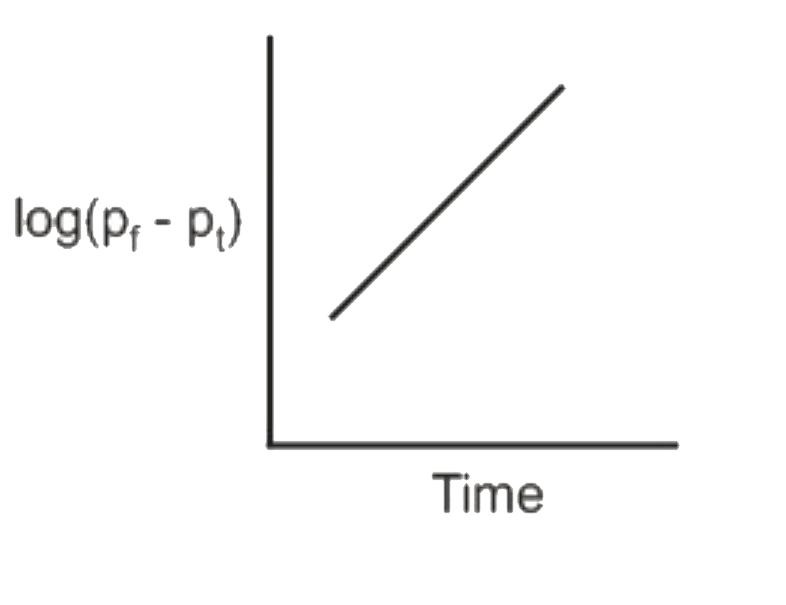

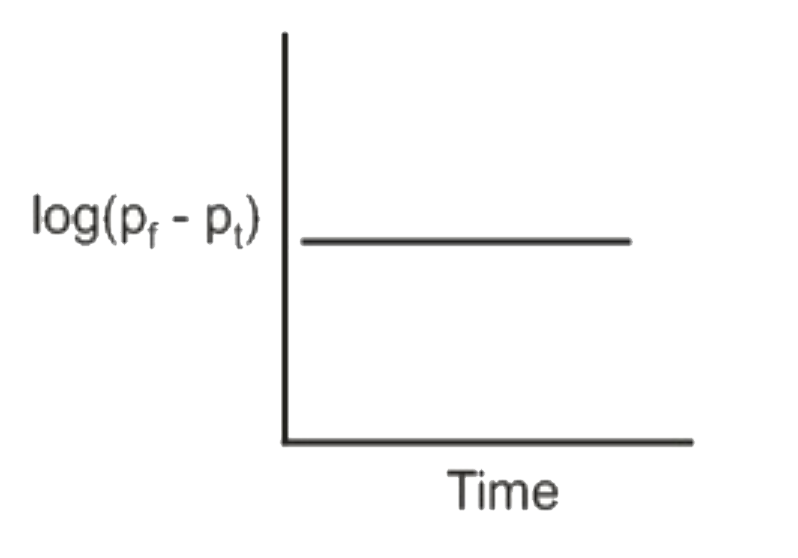
The correct Answer is:C
To solve the problem, we need to analyze the decomposition of benzene diazonium chloride and understand how it relates to first-order kinetics. The reaction is given as:
C6H5−N=N+Cl−+H2O→C6H5OH+N2+HCl
1. Understanding the Reaction:
- The reaction involves the decomposition of benzene diazonium chloride in aqueous solution, producing phenol, nitrogen gas, and hydrochloric acid.
- The key point is that this reaction follows first-order kinetics, which means the rate of reaction is proportional to the concentration of one reactant.
2. Identifying Variables:
- Let Pt be the pressure of nitrogen gas (N2) at time t.
- Let Pf be the pressure of nitrogen gas after the completion of the reaction.
3. Relation of Pressure to Concentration:
- In a first-order reaction, the concentration of the reactant decreases exponentially over time. This can be expressed as:
ln(Pf−PtPf)=−kt
- Here, Pf is the final pressure of nitrogen after the reaction is complete, and Pt is the pressure at time t.
4. Graphing the Data:
- For first-order kinetics, if we plot ln(Pf−Pt) versus time t, we should get a straight line.
- The slope of this line will be equal to −k, where k is the rate constant.
5. Choosing the Correct Graph:
- Among the provided graphs, we need to look for one that shows a linear relationship when plotting ln(Pf−Pt) against time t.
- The graph should have a negative slope, indicating that as time increases, the logarithm of the pressure difference decreases, consistent with first-order kinetics.
Conclusion:
The correct graph will be the one that shows a straight line when plotting ln(Pf−Pt) against time t.
- The reaction involves the decomposition of benzene diazonium chloride in aqueous solution, producing phenol, nitrogen gas, and hydrochloric acid.
- The key point is that this reaction follows first-order kinetics, which means the rate of reaction is proportional to the concentration of one reactant.
- Let Pt be the pressure of nitrogen gas (N2) at time t.
- Let Pf be the pressure of nitrogen gas after the completion of the reaction.
- In a first-order reaction, the concentration of the reactant decreases exponentially over time. This can be expressed as:
ln(Pf−PtPf)=−kt
- Here, Pf is the final pressure of nitrogen after the reaction is complete, and Pt is the pressure at time t.
- For first-order kinetics, if we plot ln(Pf−Pt) versus time t, we should get a straight line.
- The slope of this line will be equal to −k, where k is the rate constant.
- Among the provided graphs, we need to look for one that shows a linear relationship when plotting ln(Pf−Pt) against time t.
- The graph should have a negative slope, indicating that as time increases, the logarithm of the pressure difference decreases, consistent with first-order kinetics.
The correct graph will be the one that shows a straight line when plotting ln(Pf−Pt) against time t.
Topper's Solved these Questions
Similar Questions
Knowledge Check
Benzene diazonium chlride in aqueous solution decomposes as :
C6H5−N=N+Cl−(aq)+H2O(aq)
→C6H5OH(aq)+N2(g)+HCl(aq)
The reaction follows first order kinetics. If p is the pressure of N2 at constant volume and temperture corresponding to time t and pf that after completion of the reaction , then which of the following graphs conforms to the kinetics of the reaction ?A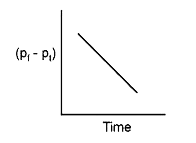 B
B C
C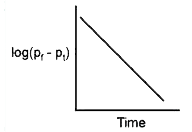 D
D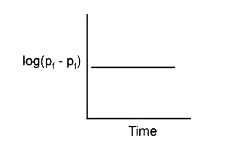
Decomposition of NH4NO2(aq into N2(g) and 2H2O(l) is first order reaction.
A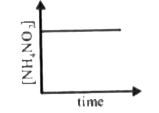 B
B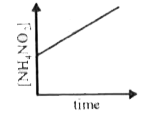 C
C D
D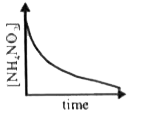
C6H5OH(aq)+CN−(aq)⇔HCN(aq)+C6H5O−(aq)
The equilibrium constant for this reaction is less than 1. What is the strongest base in this system ?AC6H5OH(aq)BCN−(aq)CHCN(aq)DC6H5O−(aq)
Complete the following reaction equations :
(i) C6H5N2Cl+H3PO2+H2O→
(ii)C6H5NH2+Br2(aq.)→
View SolutionComplete the following reactions :
C6H5NH2+Br2(aq)→
View SolutionIn the resction 2NH+4+6NO−3(aq)+4H+(aq)→6NO2(g)+N2(g)+6H2O the reducing agent is
View SolutionCH3COOC2H5(aq)+H2O(l)H+(aq)−−−−−→CH3COOH(aq)+C2H5OH(aq). What type of reaction is this?
View SolutionThe heat liberated in the following reaction
H+(aq)+OH−(aq)→H2O(l) is
View Solution
